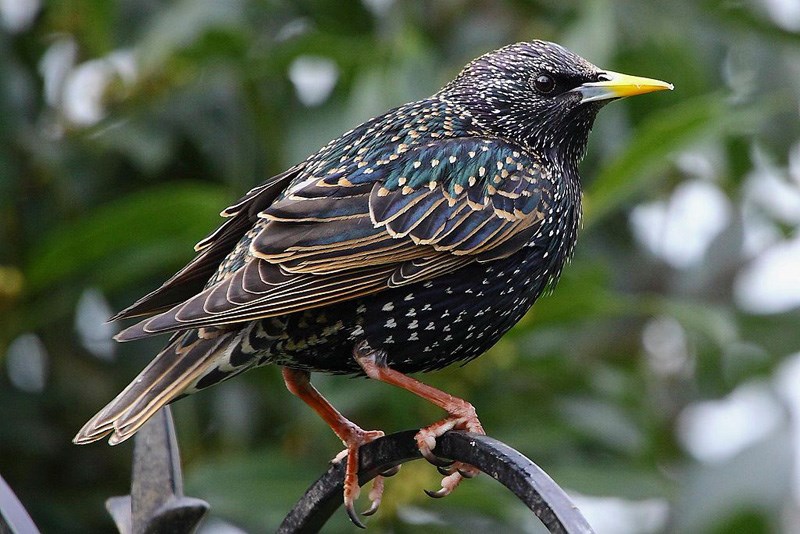My last column dealt with introduced species of birds such as the Mandarin duck and game birds such as pheasants and turkeys. On the Sunshine Coast we have four other species that qualify as introduced, that is, they arrived here with a helping hand from humans. In reality the distinction between species that arrive with a helping hand and those that arrive on their own initiative can be a little muddy.
House sparrows and starlings were both deliberately introduced to North America from Europe in the 19th century, while the most recent colonizer, the collared dove, escaped from an aviary in the Bahamas, crossed over to Florida and subsequently conquered the continent.
The history of starlings and house sparrows in North America is well known. Immigrants all over the world have often felt the need to introduce species from their homelands and there were a couple of unsuccessful introductions of starlings to the U.S. before the famous April 1890 introduction of 80 birds to Central Park in New York City. By 1928 the species had spread west to the Mississippi River and to California in 1942. House sparrows were also introduced to New York in 1852, originally as an attempt to control the linden moth. Both of these species were supremely adapted for a rapid spread in their new homeland.
House sparrows flourish around human habitation, both in urban environments and wherever there is cultivation. They are not common on the Sunshine Coast but a few can be found in downtown Sechelt and urban Gibsons.
Starlings congregate in large flocks and feed on rough pasture, often around livestock. They also wander to mudflats and shorelines in the summer.
Pigeons are semi-domesticated, generally found in close association with humans, though not directly dependent upon them. Correctly known as rock pigeons, they congregate in flocks where there is a constant food supply such as at a bird feeder. Many people have noted the flock that roosts on the power line in Selma Park, and another flock frequents the power lines at the Sechelt Marsh where they glean food from the ducks being fed.
Pigeons and doves have a long and close association with humanity, and in the last ten years or so the Eurasian collared dove has colonized the Sunshine Coast and indeed much of North America. That story will have to wait for a future column.
To report your sightings or questions, contact [email protected] or 604-885-5539. Good birding.



